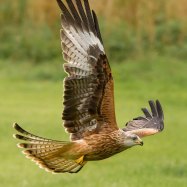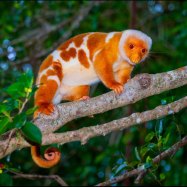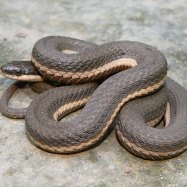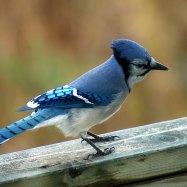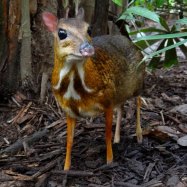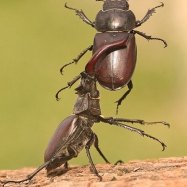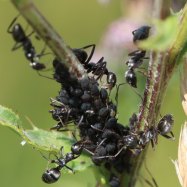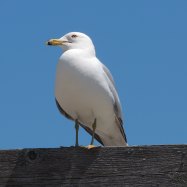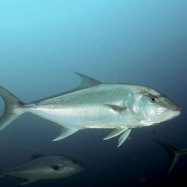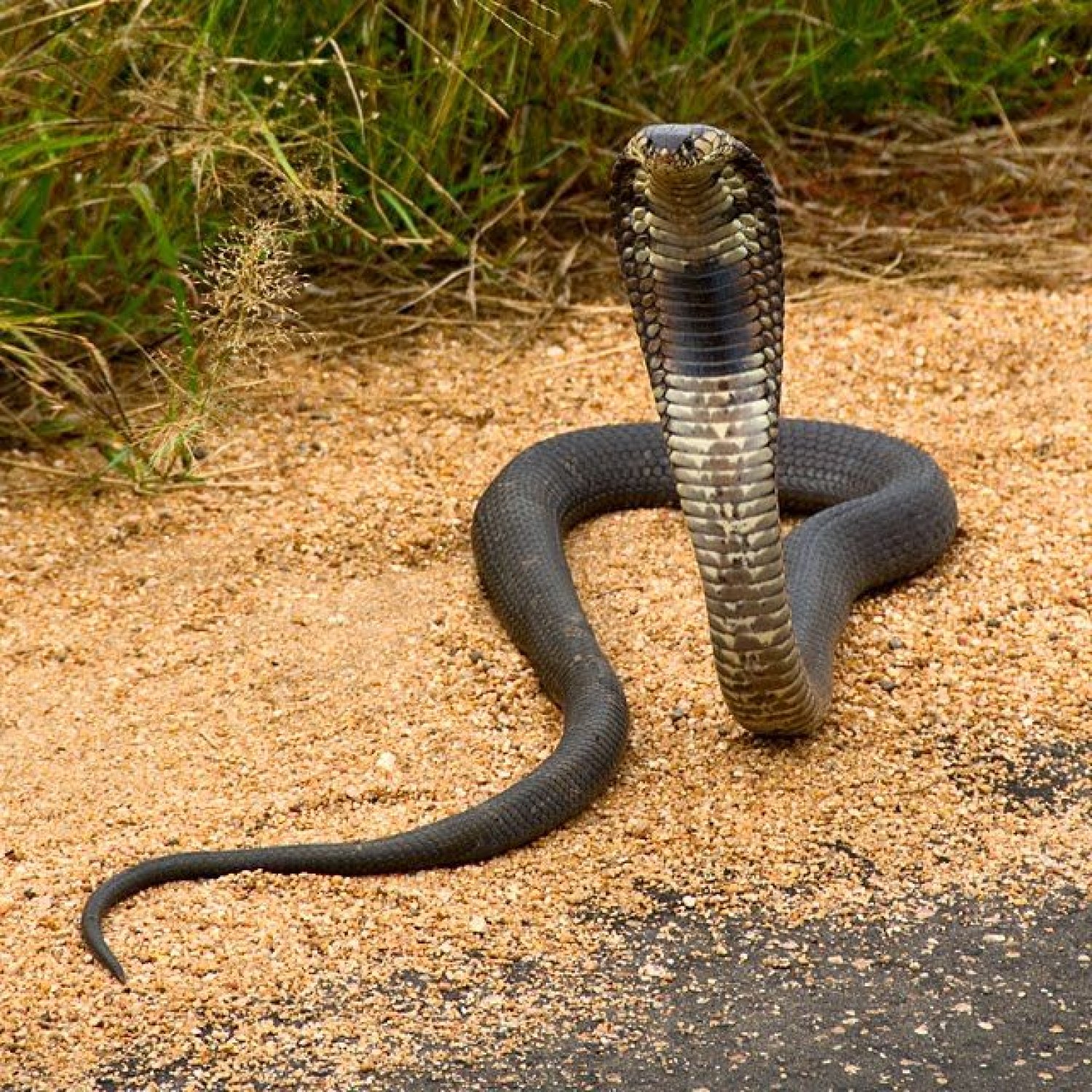
Mozambique Spitting Cobra
1.2 to 1.5 meters (3.9 to 4.9 feet)
The Mozambique Spitting Cobra, found in Southern and Eastern Africa, is a deadly venomous snake with a slender body and long neck. Growing up to 1.2 to 1.5 meters, this member of the Elapidae family is known for its ability to spit venom up to 3 meters away at potential threats. Stay safe and stay away from this dangerous reptile! #MozambiqueSpittingCobra #NatureFacts #AfricanWildlife
Animal Details Summary:
Common Name: Mozambique Spitting Cobra
Kingdom: Animalia
Habitat: Savannas, grasslands, and woodlands
The Elusive and Deadly Mozambique Spitting Cobra: Exploring the Fascinating World of the Naja mossambica
In the vast and diverse land of Africa, there are many creatures, big and small, that capture our imagination. From the majestic lions to the graceful giraffes, there is no shortage of awe-inspiring animals. However, there is one animal that often goes unnoticed, yet has some incredible abilities that will leave you in awe. We are talking about none other than the Mozambique Spitting Cobra, scientifically known as Naja mossambica Mozambique Spitting Cobra.Native to the savannas, grasslands, and woodlands of Sub-Saharan Africa, the Mozambique Spitting Cobra is a highly adaptable reptile that has mastered the art of survival in its natural habitat. Its name is derived from its ability to spit venom at its prey or predators, making it a formidable and fascinating creature. Let's take a deeper dive into the world of the Mozambique Spitting Cobra and uncover its incredible features.
A Proud Member of the Animal Kingdom
Like all living beings, the Mozambique Spitting Cobra belongs to a specific classification in the animal kingdom. It falls under the Kingdom Animalia, which includes all living organisms that have complex structures, are capable of movement, and obtain food by consumption. They are further classified under the Phylum Chordata, which consists of animals with a spinal cord and a backbone.The Mozambique Spitting Cobra is a part of the class Reptilia, which includes all reptiles, such as snakes, lizards, turtles, and crocodiles. Among reptiles, they belong to the order Squamata, which consists of over 10,000 species, including the Mozambique Spitting Cobra.
A Family of Deadly Reptiles
Within the Squamata order, the Mozambique Spitting Cobra is a member of the family Elapidae, which consists of over 350 species of venomous snakes, including the infamous king cobra Mallard. These snakes are distinct for their front fangs, which they use to inject venom into their prey. However, the Mozambique Spitting Cobra has a unique way of delivering its venom, which will be explored later in this article.Where Do They Live?
The Mozambique Spitting Cobra is mainly found in its namesake country, Mozambique, in southern and eastern Africa. However, they are also found in other parts of sub-Saharan Africa, including countries like Zambia, Zimbabwe, and South Africa. These snakes prefer to live in savannas, grasslands, and woodlands, where they have easy access to prey and shelter.A Carnivore with Unique Feeding Habits
As a member of the Elapidae family, it's no surprise that the Mozambique Spitting Cobra is a carnivore, meaning it feeds on other animals. They mainly prey on small mammals like rodents, birds, and even other reptiles, using their venom to immobilize and kill their prey. What sets them apart is their unique feeding technique. Instead of using their fangs to inject venom, they spit their venom at their prey from a distance of up to 3 meters (9.8 feet). This makes them a formidable predator, and their ability to spit venom has given them the nickname "spitting cobra."A Colorful and Slender Body
The Mozambique Spitting Cobra has a distinct body shape, which makes it easily recognizable. It has a slender body with a lengthened neck, giving it a distinct, serpentine appearance. Their slender body allows them to move quickly and navigate through tight spaces with ease. These snakes are also known for their variable coloration, with shades of brown, black, and yellow. This allows them to blend into their natural surroundings, making them hard to spot by predators and prey alike.The Average Length of a Mozambique Spitting Cobra
On average, the Mozambique Spitting Cobra grows to be around 1.2 to 1.5 meters (3.9 to 4.9 feet) in length, with some exceptions reaching up to 2 meters (6.5 feet). They are not considered to be one of the largest snake species, but their slender body and lightning-fast movements make them a formidable predator in their habitat.A Cunning Defense Mechanism
One of the most fascinating features of the Mozambique Spitting Cobra is its ability to spit venom at its prey or predators. But why do they do this? Well, it's all part of their cunning defense mechanism. When feeling threatened, these snakes will rear up their body, hiss aggressively, and aim their spitting at the attacker's eyes. The venom is potent, causing extreme pain, temporary blindness, and, in some cases, permanent damage if not treated promptly. This defense mechanism helps them to escape danger and survive in their natural habitat, making them a well-adapted species.A Challenging Task for Scientists
The Mozambique Spitting Cobra may not be a new species, but there is still much to learn about these elusive creatures. Their elusive nature and venomous nature have made it difficult for scientists to study them closely. However, with advancements in technology and research techniques, scientists are making progress in understanding the behavior and physiology of these reptiles.In recent years, scientists have discovered that the venom of the Mozambique Spitting Cobra contains a unique neurotoxin that can be used for medicinal purposes. This could potentially lead to the development of new drugs to treat various ailments.
The Conservation Status of the Mozambique Spitting Cobra
As with many other animals, habitat destruction, and human interference have taken a toll on the population of the Mozambique Spitting Cobra. They are not considered to be an endangered species, but their numbers are declining due to human activities such as agriculture and urbanization. Therefore, it is crucial to protect their natural habitats and educate people on the importance of coexisting with these reptiles.In some communities, these snakes are killed out of fear, which not only impacts the population but also disrupts the ecological balance of the environment. It is vital to spread awareness about the importance of these creatures in maintaining a healthy ecosystem and the dangers of handling them without proper training and precautions.
Uncovering the Mysteries of the Mozambique Spitting Cobra
The Mozambique Spitting Cobra may not be the most well-known animal, but its unique features and abilities make it a fascinating creature. From its classification in the animal kingdom to its cunning defense mechanism, these reptiles have captured the attention of scientists and nature enthusiasts alike. As humans, it is our responsibility to protect the biodiversity on our planet, and the Mozambique Spitting Cobra is a valuable part of that diversity.Next time you come across this elusive reptile, instead of feeling fear, take a moment to appreciate its existence and admire its remarkable abilities. Let's work towards coexisting with these creatures and preserving their natural habitats for generations to come.

Mozambique Spitting Cobra
Animal Details Mozambique Spitting Cobra - Scientific Name: Naja mossambica
- Category: Animals M
- Scientific Name: Naja mossambica
- Common Name: Mozambique Spitting Cobra
- Kingdom: Animalia
- Phylum: Chordata
- Class: Reptilia
- Order: Squamata
- Family: Elapidae
- Habitat: Savannas, grasslands, and woodlands
- Feeding Method: Carnivorous
- Geographical Distribution: Sub-Saharan Africa
- Country of Origin: Mozambique
- Location: Southern and eastern Africa
- Animal Coloration: Variable coloration with shades of brown, black, and yellow
- Body Shape: Slender body with a lengthened neck
- Length: 1.2 to 1.5 meters (3.9 to 4.9 feet)

Mozambique Spitting Cobra
- Adult Size: 1.2 to 1.5 meters (3.9 to 4.9 feet)
- Average Lifespan: 12 to 20 years
- Reproduction: Oviparous (lays eggs)
- Reproductive Behavior: Mating occurs in early spring
- Sound or Call: Hisses and spits venom
- Migration Pattern: Non-migratory
- Social Groups: Solitary
- Behavior: Nocturnal and aggressive when threatened
- Threats: Habitat destruction and persecution by humans
- Conservation Status: Least Concern
- Impact on Ecosystem: Plays a role in controlling rodent populations
- Human Use: None known
- Distinctive Features: Large, hooded head and spitting behavior
- Interesting Facts: Can accurately spit venom up to 3 meters (9.8 feet) away
- Predator: Few natural predators
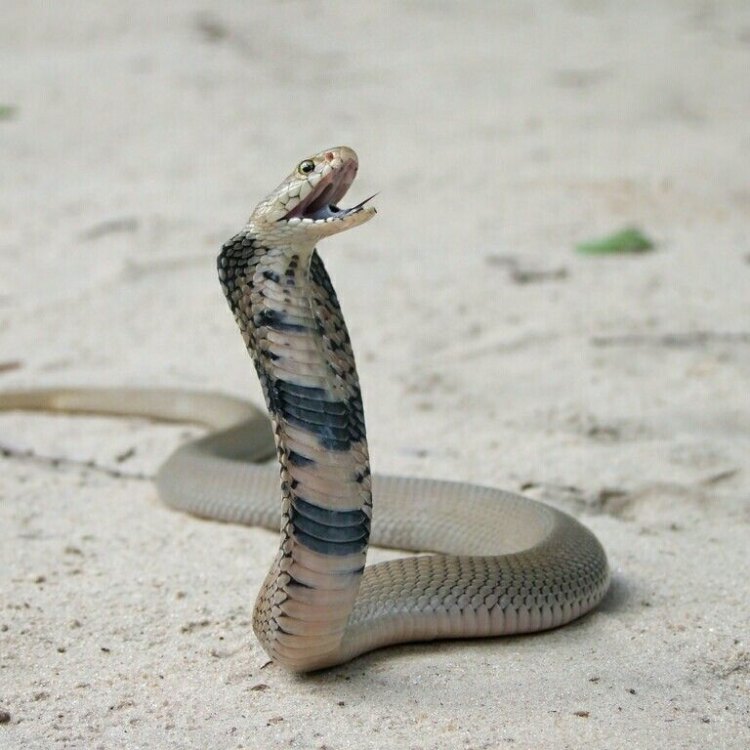
Naja mossambica
The Elusive Mozambique Spitting Cobra: Unveiling the Secrets of an Enigmatic Snake
In the sweltering heat of sub-Saharan Africa, hidden in the lush vegetation, lies a deadly and elusive predator – the Mozambique Spitting Cobra. With its large, hooded head and lethal spitting behavior, this snake has fascinated and intimidated humans for centuries. Found in the savannahs and woodlands of southern and eastern Africa, the Mozambique Spitting Cobra (Naja mossambica) is a master of adaptation, surviving in a wide range of habitats and playing a crucial role in its ecosystem.Measuring 1 PeaceOfAnimals.Com.2 to 1.5 meters (3.9 to 4.9 feet) in length, the Mozambique Spitting Cobra is a medium-sized snake, compared to its larger relatives like the King Cobra and Black Mamba. However, what it lacks in size, it makes up for in its unique and deadly defensive mechanism – spitting venom. This ability to spit venom with incredible precision and accuracy has earned the snake its name and reputation.
The average lifespan of a Mozambique Spitting Cobra is 12 to 20 years, making it a long-lived species compared to other snakes. However, this lifespan is heavily influenced by threats from human activities, such as habitat destruction and persecution. Despite these threats, the Mozambique Spitting Cobra is classified as "Least Concern" on the IUCN Red List, mainly due to its large range and adaptable nature Mayan Cichlid.
Reproduction in the Mozambique Spitting Cobra follows the oviparous (lays eggs) method. Mating occurs in the early spring, with males competing for females and engaging in ritualistic courtship displays. After mating, the female will lay around 10-20 eggs, which will hatch after an incubation period of 60-90 days. Unlike some other snake species, the female does not provide any maternal care to the eggs or hatchlings, and they are left to fend for themselves.
The Mozambique Spitting Cobra has a non-migratory pattern, meaning it stays within a specific area, usually within a radius of 1 kilometer. This behavior makes them highly territorial and solitary animals. They are most active at night, making use of their excellent vision and sense of smell to hunt for prey.
Their diet consists mainly of rodents, such as mice and rats, but they are also known to prey on lizards, frogs, and other small mammals. The snake's agile and lightning-quick strike allows it to capture its prey with ease. However, it also serves as a vital control agent for rodent populations, helping maintain a balance in their ecosystem.
Despite being solitary, the Mozambique Spitting Cobra is not entirely anti-social. They have been known to share their space with other snakes, such as African Rock Pythons, with whom they have a mutually beneficial relationship. The Mozambique Spitting Cobra acts as a sort of early-warning system, warning the python of potential prey, while the python provides shelter for the cobra in its burrows.
However, when it comes to humans, the Mozambique Spitting Cobra is notorious for its aggressive behavior when threatened. If it feels threatened, it will raise its long, black hood, exposing its distinctive reddish-orange "eyebrows," and hiss loudly. If the perceived threat persists, the snake will also resort to spitting venom, aiming for the eyes of the predator or prey. This venom is potent and can cause extreme pain, temporary blindness, and potential permanent damage if not treated promptly.
The spitting behavior of this venomous snake is one of its most distinctive features, and it is also what makes it feared by humans. The Mozambique Spitting Cobra has a complex and advanced system of saliva glands and muscles that allow it to expel venom with pinpoint accuracy and range. In fact, it can accurately spit venom up to 3 meters (9.8 feet) away, making it a formidable opponent.
One of the most interesting facts about the Mozambique Spitting Cobra is its ability to distinguish between threats and prey. When hunting, it will strike its prey with a quick bite, injecting venom to immobilize it. However, when threatened, the snake uses its powerful muscles to spit venom, which is a clear indication of its intelligence and adaptability.
Due to its aggressive behavior when threatened and its highly venomous nature, the Mozambique Spitting Cobra has few natural predators. However, young snakes may fall victim to birds of prey, and larger predators like honey badgers and mongooses have been known to take on adult snakes. But their biggest threat remains humans, as they are often mistakenly killed due to fear or hunted for their valuable skin and venom. This persecution has led to a decline in their population in certain areas, highlighting the need for conservation measures to protect this elusive species.
In terms of human use, there is no known traditional or medicinal use of the Mozambique Spitting Cobra. However, their venom has been studied for potential medical and scientific purposes, such as developing anti-venom and understanding the workings of the human nervous system. This research also helps dispel some of the negative perceptions and fears surrounding this snake.
In conclusion, the Mozambique Spitting Cobra is a fascinating and enigmatic creature, shrouded in mystery and fear. From its unique defensive behavior and distinctive features to its important role in maintaining balance in its ecosystem, this snake has captured the attention of researchers and the imagination of the public. However, it is also a reminder of the need for conservation efforts to protect and preserve this elusive species that plays a vital role in the delicate ecosystem of southern and eastern Africa.
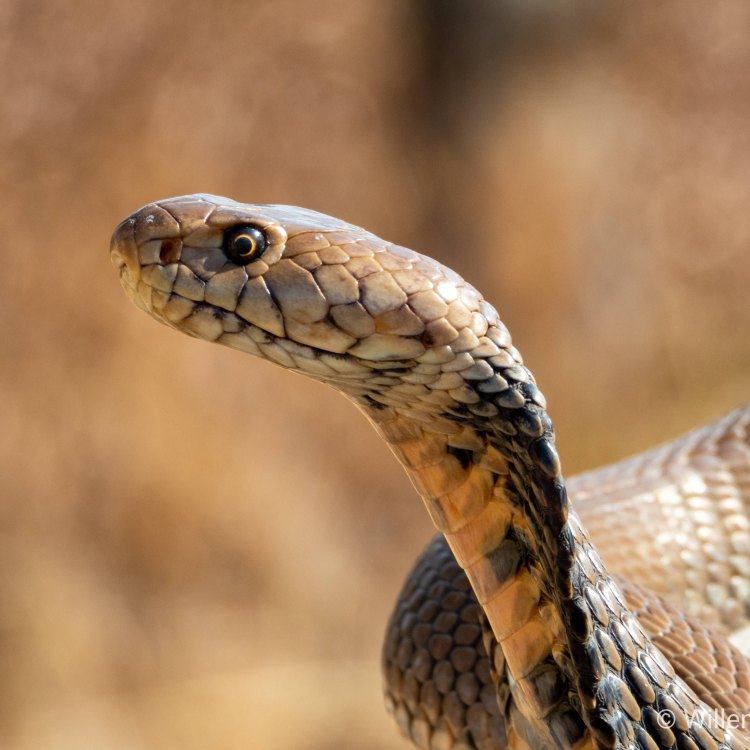
The Elusive and Deadly Mozambique Spitting Cobra: Exploring the Fascinating World of the Naja mossambica
Disclaimer: The content provided is for informational purposes only. We cannot guarantee the accuracy of the information on this page 100%. All information provided here may change without prior notice.



